
If you live in a big city and you’ve been reading about survival, you know by now that it will be harder to get out of the city center in an emergency than it would be if you lived in the suburbs or a small town. All you have to do is look at recent events in Europe to see this is true and that you need an evacuation plan.
The capital city of Belgium, Brussels, was under lockdown for days in 2015, with tanks patrolling the streets and people being forced to stay inside. All of this because of a single terrorist who was on the loose after the Paris attacks of November 2015.
The city of Koln, Germany, was the scene of a mass-sexual assault by people who have now been confirmed to be migrants. But the incident caused over 100 women to file complaints. All of this happened on New Year’s Eve.
Now, terrorist attacks and riots aren’t the only things that might get you to bug out. Whatever shape the next disaster takes, riots, traffic jams, and checkpoints will make it difficult for you to escape. While preppers living in small towns or on ranches prefer to bug in if something happens, city dwellers may not have that luxury.
But you can make an evacuation plan that will give you and your family the best possible chance to get out of the city safely. This evacuation plan has a number of aspects to it, all of which are important. Let’s take a look.
Assess Your Current Situation
Before you get started making an evacuation plan, you need to know what you are working with. Every person has a different home and family life with different assets and liabilities. Some of you might rent your home. You might even live in a high-rise in downtown New York. Perhaps you have children or live on your own. You might have elderly parents or pets. Your income might be $25,000 a year or $60,000 a year.
You need to assess your current situation and know what you have to work with. Proper planning will save you a lot of headaches later on and prevent faulty evacuation plans. Some of the questions to ask yourself are:
- How many people are there in your household?
- Do you have small children, elders, or people with handicaps?
- Are you responsible for pets?
- Is your home downtown or in a somewhat remote neighborhood?
- Have you prepared a place to go?
- Do you have a way to get there?
- Do you know when to leave?
With this in mind, there are four primary questions you need to ask when creating an evacuation plan. Each of these will answer the questions above. They are discussed below.
Do You NEED to Go?
One of the first things you must determine when creating an evacuation plan is how to know if you actually need to leave. So many people plan to stay put, bug in, and defend their home no matter what.
Most preppers will agree that bugging in is the best course of action in most circumstances. However, there are situations in which getting out of the city is a must. You need to be able to determine when these situations arise. You need to set some criteria by which you will determine whether to stay or go.
Do You Know WHEN to Go?

Roads can be closed by law enforcement, so if you need to evacuate, do it early.
You might have red flag criteria defined for your SHTF evacuation plan. You might have certain situations that automatically call for bugging out, such as a grid-down event, nuclear attack, or pandemic. Or you might choose to bug out when you know the grocery store shelves are empty with no hope replenishment and gas stations are out of service.
The key here is to have these criteria clearly defined and then decide when you should leave if any of them occur or might become a threat. If you leave the city too early, you might jump the gun and find out there was nothing to be concerned about or that you would have been better off staying put.
However, if you leave too late, you might find it is very difficult to get out of town. By then everyone else might have decided leaving the city is the best option and the roads might become clogged.
Or to control the mass exodus and the crowds law enforcement and/or the military might close down the roads.
HOW Will You Get Out?
You need to ensure that your evacuation plan is ready to put into motion at a moment’s notice. That means making sure of the following:
- Each family member should have his own bug out bag (even your dog, if you have one).
- You should all have everyday carry items with you at all times. You’d be amazed at the number of survival items you can have on your keychain or in your wallet: multi-tools, mini-flashlights, mini first aid kits, self-defense weapons, a compass, fire starters, and even a whistle!
- You should have printed maps of the area marked with all possible exit routes. The main arteries will most likely be crowded with people trying to get out so knowing alternate routes is a must. You should know a minimum of three potential routes from the city to your bug out destination. This can include railway lines and power lines, particularly if you have to bug out on foot.
- Have a bug out location nearby. When I say nearby, I mean anywhere from 20 to 100 miles, but if you’re planning to get there on foot, 100 miles will take you days. In fact, I suggest you have several BOLs. Maybe you have a friend or relative in a nearby town where you can go to in case of emergency? If so, you should print out their phone number and make sure every family member has it. That person can act as your out-of-town emergency contact.
Don’t forget to always keep your bug out vehicle’s tank of gas as full as possible and never less than half. At the very least, you should have enough to get you to your retreat.

Consult With Survival Pros
For Those Serious About Their Family's Life-Assurance Plan (and Not Just Life Insurance)
Learn MoreAdditional Evacuation Tips
In addition to the above points, there are some specific things to do when it’s time to flee. These include the following:
- Bug out at night if possible. In case of riots or war, the hours between 2 and 5 AM are usually the most quiet. You’ll be sure to avoid traffic jams this way, but not security checkpoints. You should be informed about where those are so you can avoid them.
- If the disaster won’t allow you to wait, you should quickly decide whether you can go on foot or by car. Be prepared to ditch your vehicle at any moment and continue your journey on foot.
- If you have time, throw in as many supplies and valuables in your car as you can. Ideally, you should have them ready to go.
- Make sure you already have a car bug out bag, loaded with supplies.
- Be very careful as you are advancing. The key is to not be seen, day or night. If it’s night-time, I suggest you avoid using flashlights. If you’re moving by day, make sure you do it in a way which doesn’t attract attention (dress generically and drive slowly).
- You can’t take everyone with you (friends, co-workers) so, unless you really have the room and supplies, you shouldn’t do it. I know it sounds harsh, but you may be putting your own life in danger by doing so. I’m not saying you’ll have to do it; I’m saying it’s a possibility.
- Expect to be separated from your family, particularly if you’re bugging out on foot. To prevent this, make sure you all have walkie-talkies, extra cell-phone batteries and chargers, maps of the area, rally points, and that everyone knows how to get to the bug out location, whether by car or by foot.

Exclusive Survival Gear Deals
Access survival equipment we’ve fully tested so we can recommend it to you.
WHERE Will You Go?
Not everyone has the means to have a cushy bug out location stocked and ready to receive them. If you don’t have a BOL, then do not bug out unless you really have no alternative. In other words, don’t bug out unless where you are has become so unsafe it is better to take your chances on the road. Only you can decide when this will be.
If you don’t have a bug out location, such as a camp, cabin, or the home of a friend or family member, then consider other options. For example, you can go to a campground or a national park.
Can You Be 100% Ready for Urban Disaster?
I would say “no,” but that doesn’t mean you shouldn’t work toward a solid evacuation plan. Every little thing you do towards being better-prepared counts, even if it’s something as simple as taking a first aid course or buying a hand-crank AM/FM radio. The most important thing is to get started and remember that planning and knowledge can often trump the most sophisticated survival gadget.


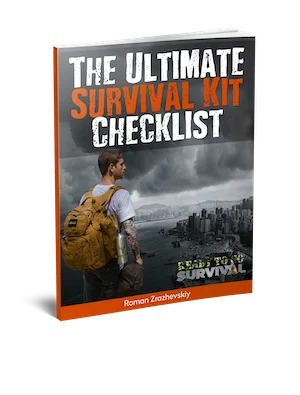







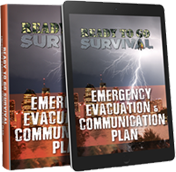
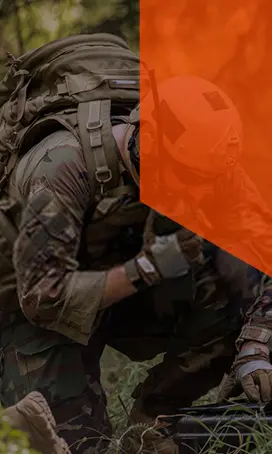

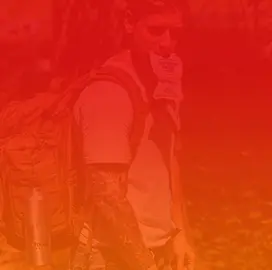
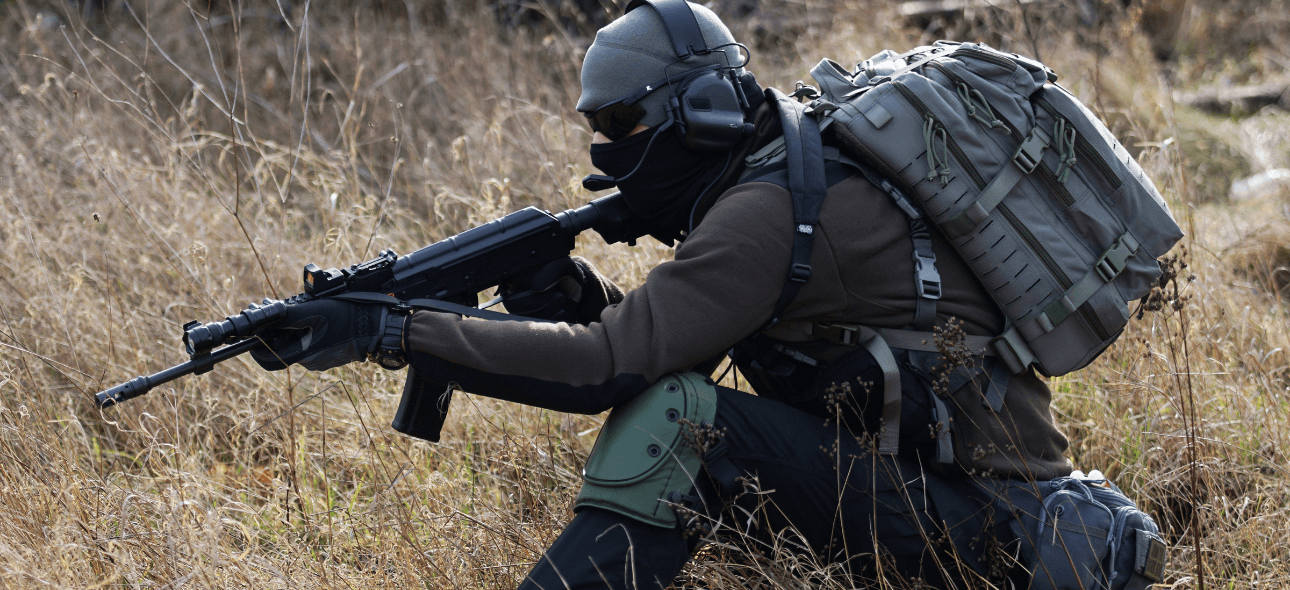
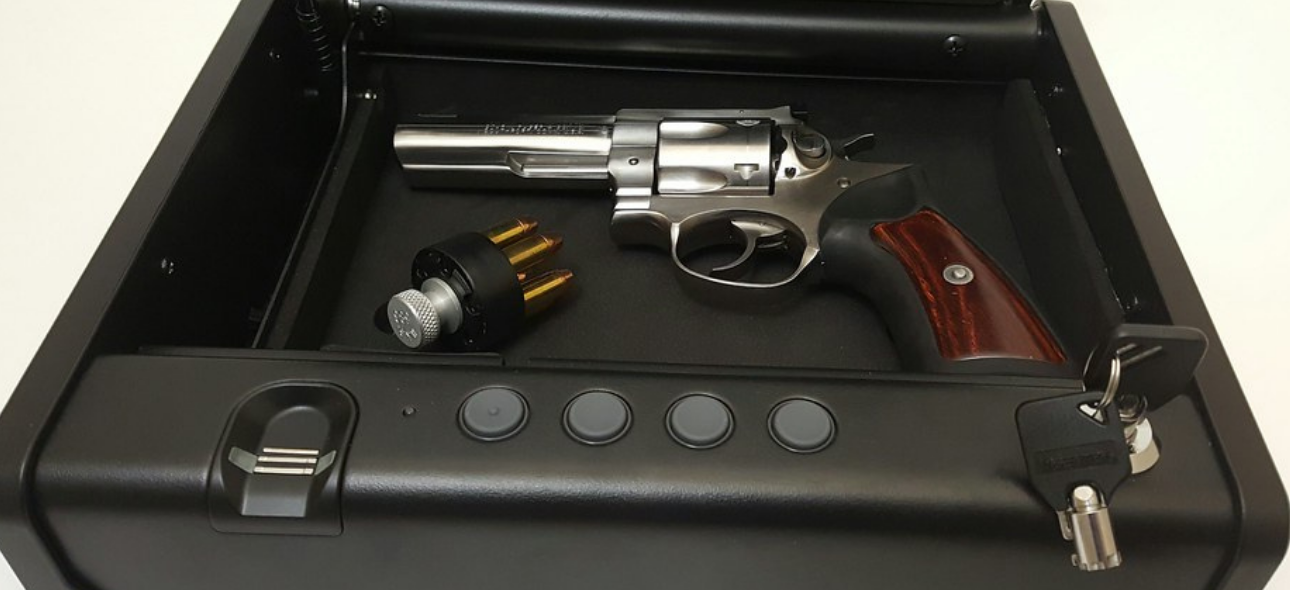


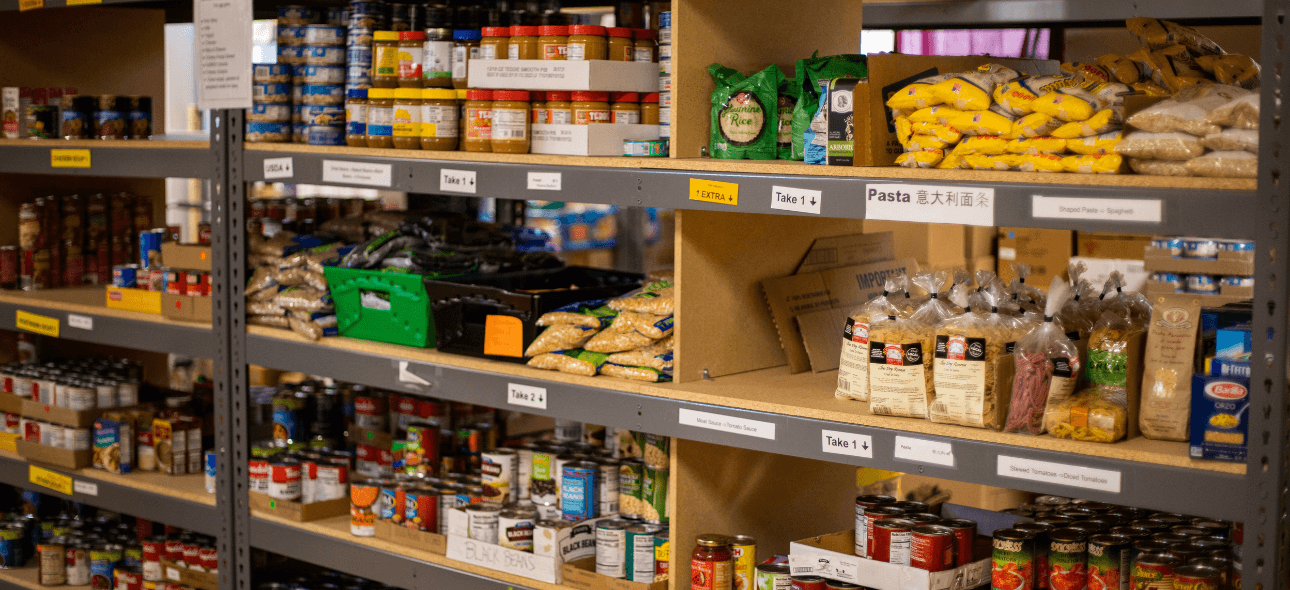
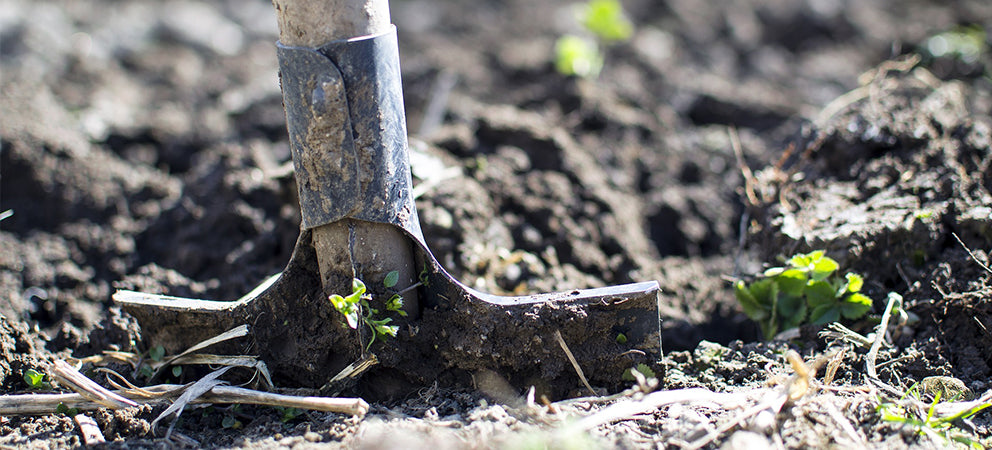
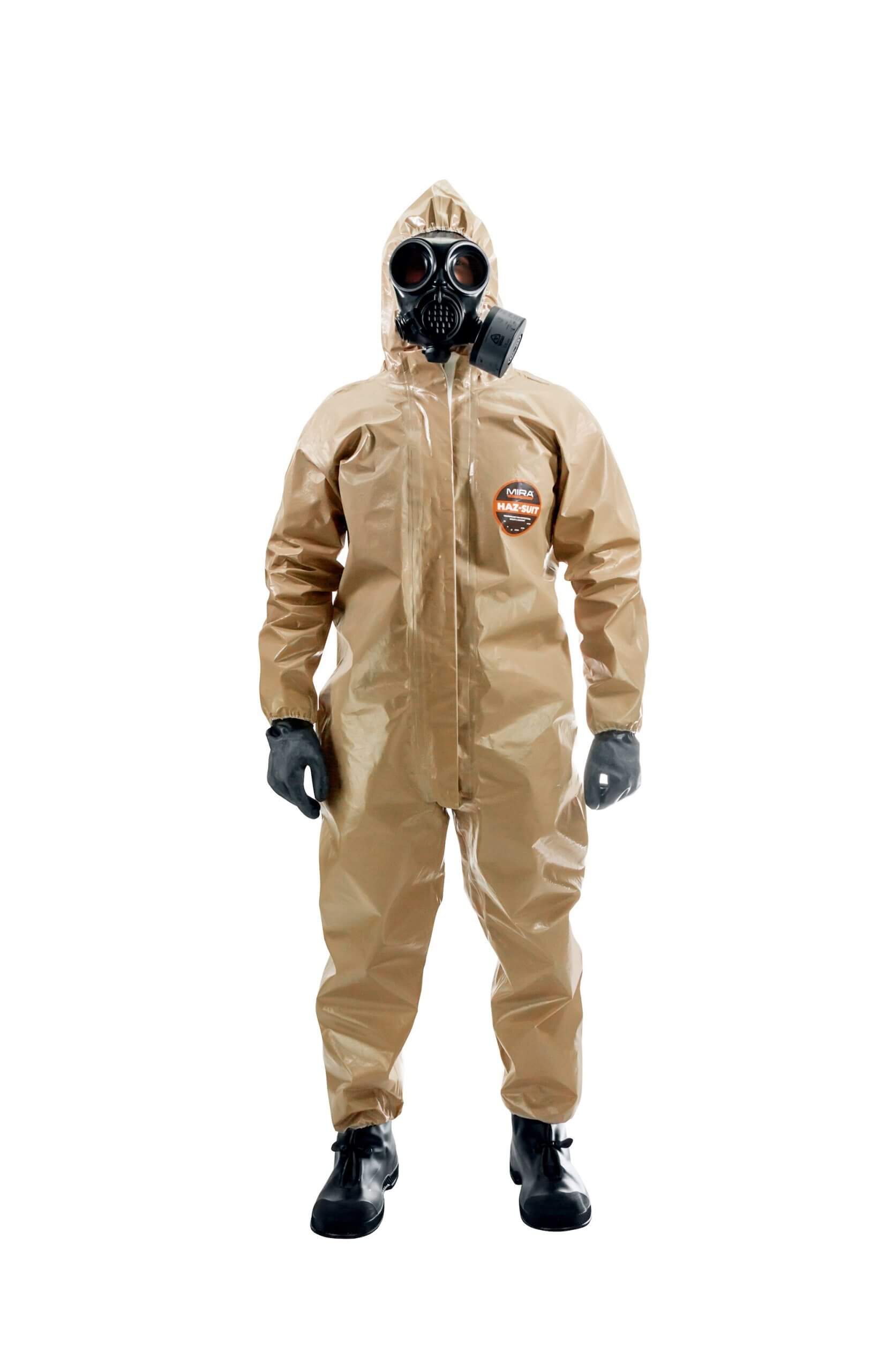
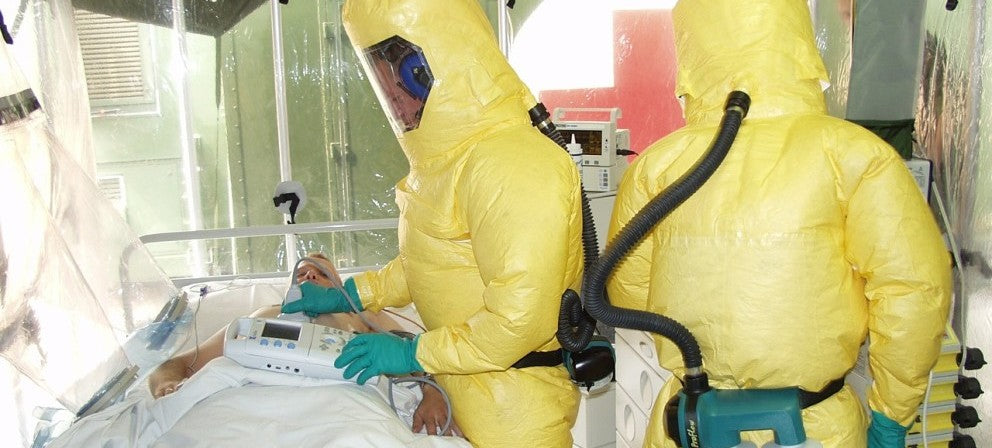



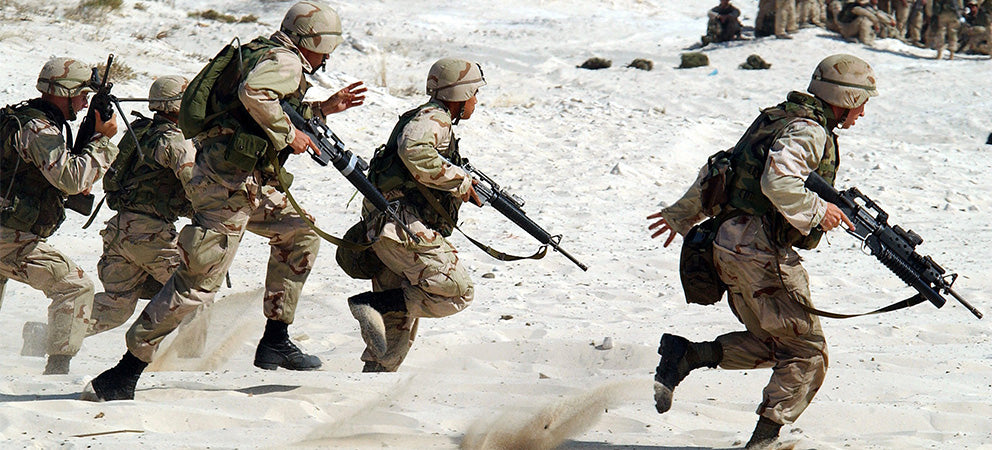





Leave a comment